Every premium electric toothbrush team asks the same question: can a handset’s Deep Clean Mode actually reach and loosen stubborn plaque where everyday brushing misses it — and moreover, can it play a credible role in broader Tartar Control strategies? The short answer for B2B product teams is: yes — but only when the mode is engineered as a system (motion + head + sensing + safeguards + validation) and positioned with conservative, evidence-backed claims. Below are six manufacturer-ready dimensions that explain what to build, how to test it, and how to communicate benefits responsibly.
First, understand the mechanism. A well-tuned Deep Clean Mode increases the device’s effective cleaning by combining: (a) slightly higher amplitude or tailored waveform, which intensifies fluid micro-streaming around bristle tips; and (b) dwell time on anterior surfaces where visible stains and dense plaque accumulate. Consequently, this physics-driven approach helps dislodge adherent plaque more effectively than a generic daily cycle. However, be clear: hardened calculus (tartar) is mineralized and generally requires professional scaling — a toothbrush cannot reliably remove existing tartar. Instead, position the feature as a tool that aids Tartar Control by removing plaque before it mineralizes.
Next, pair the drive with a head designed for the use-case:
Moreover, firmware must balance efficacy and tissue protection:
Furthermore, sensors turn a powerful mode into an effective one:
Importantly, validate rigorously and keep claims conservative:
Finally, translate engineering into buyable value:
Conclusion:
A correctly engineered Deep Clean Mode can meaningfully improve removal of adherent plaque and therefore be a valuable component of a product-level Tartar Control strategy — but only if it’s delivered as a complete system (head + drive + sensing + education) and backed by objective validation. For B2B teams, the winning path is to build measurable performance into the product and then set honest, clinician-friendly expectations in market messaging.
If you’d like, I can convert this into a developer pack: suggested waveform targets, head cross-sections, safety thresholds, and a validation protocol template to accelerate prototyping and clinic pilots. Contact us
.jpg)
.jpg)
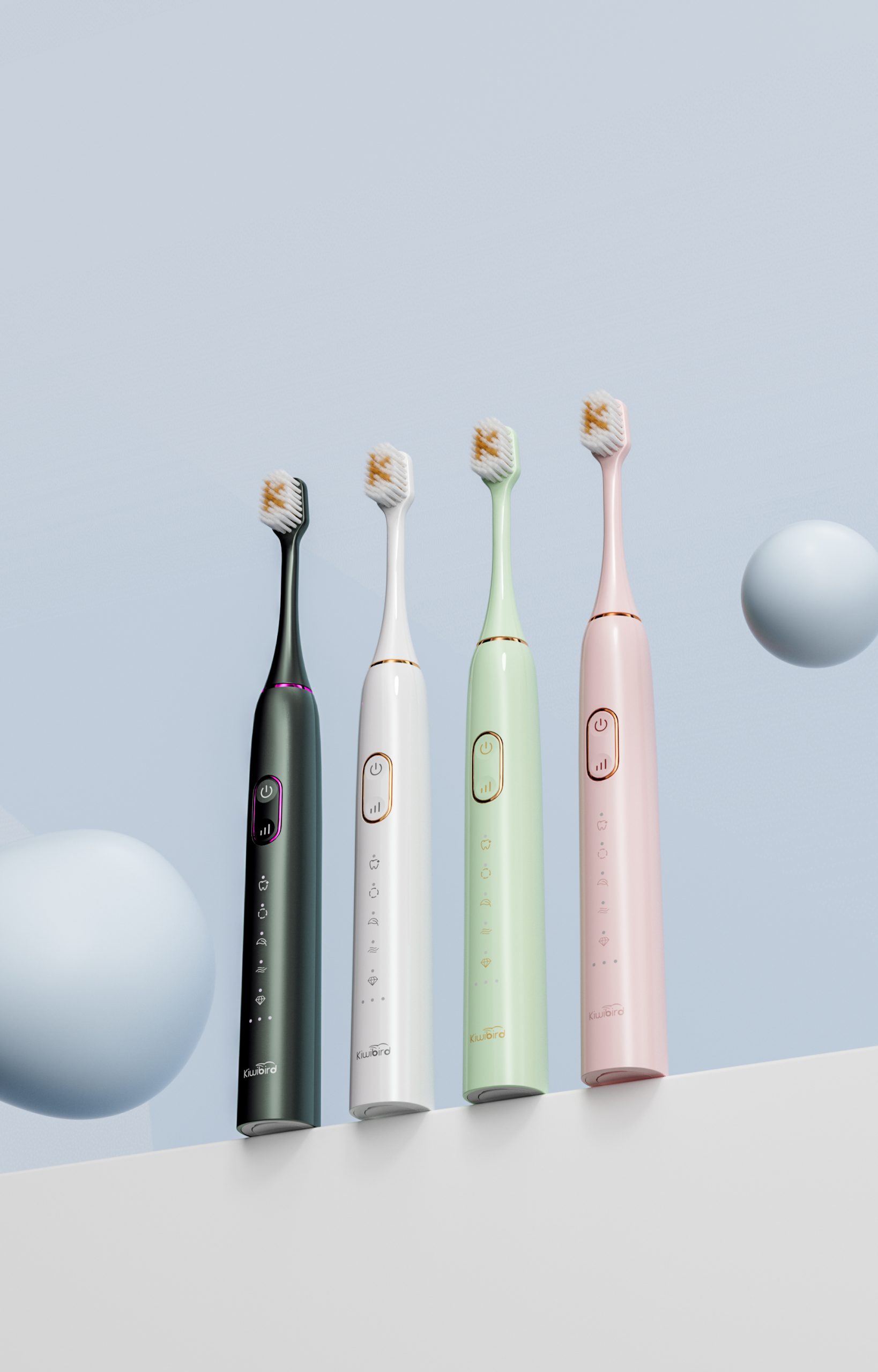
What’s Driving the Oral Care Category Now?
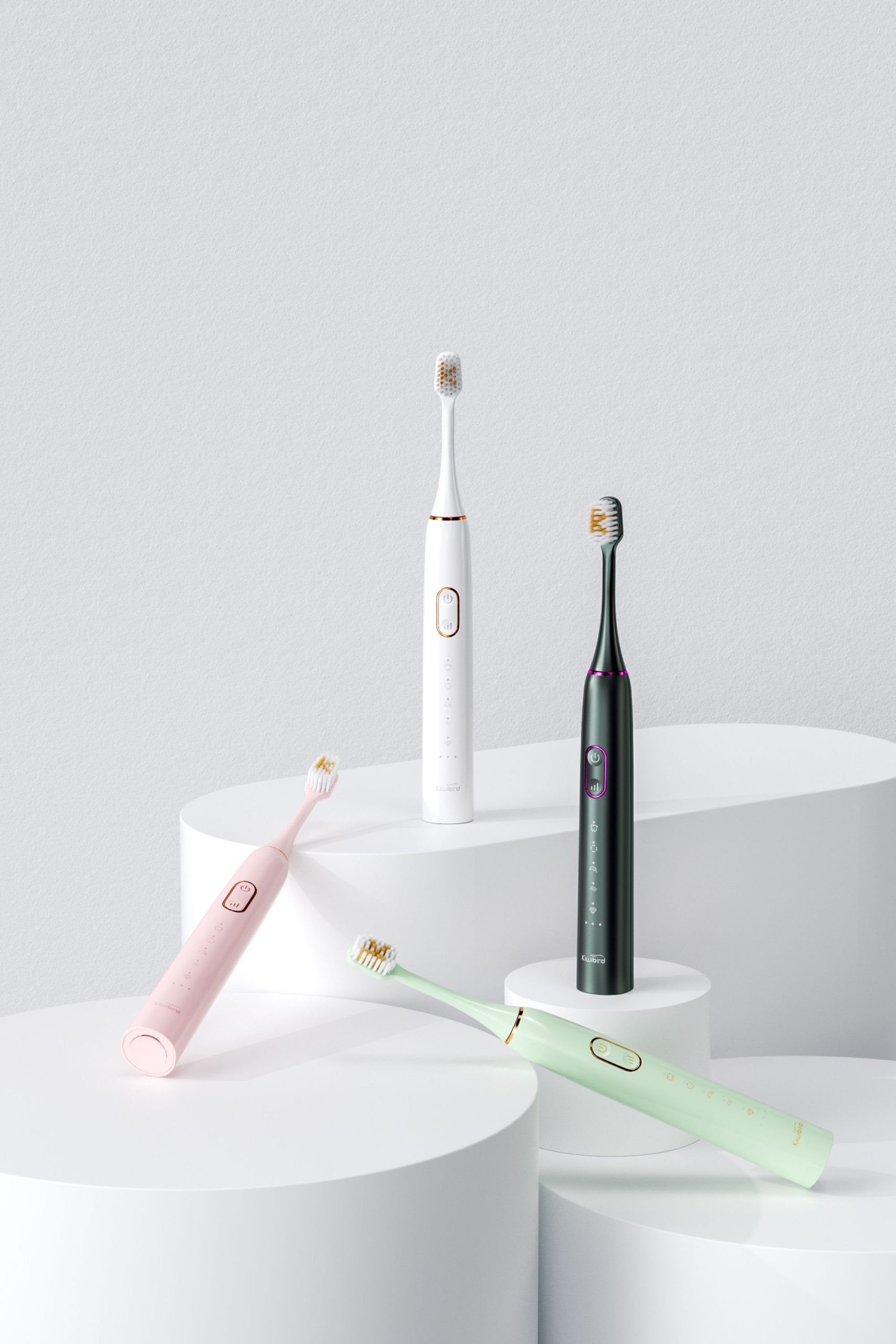
How Does the Orthodontic V-Brush Enhance the Powsmart Ortho Head Functionality?
Incomplete Flushing after Flow Interruption?
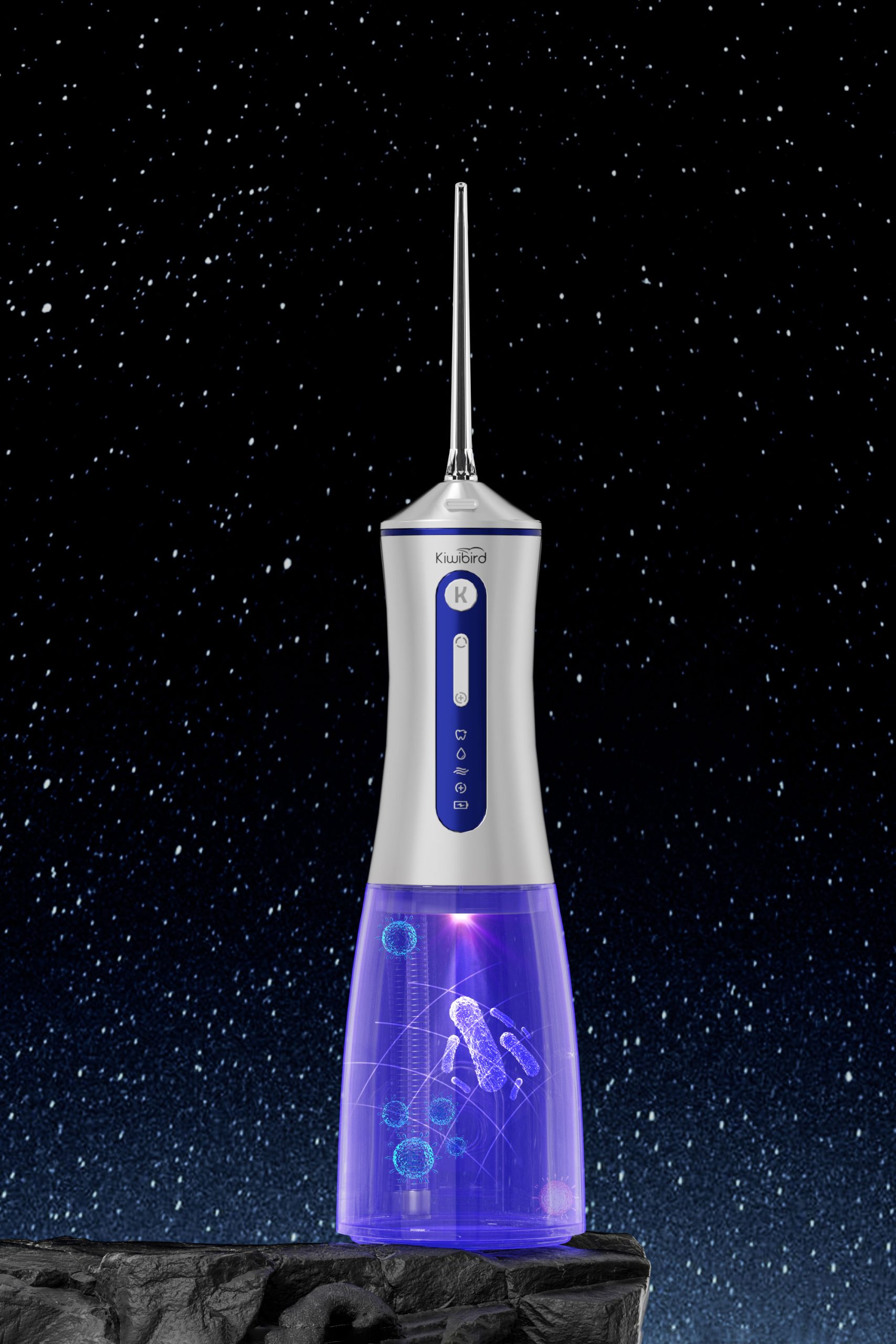
Analysis of the Core Technology of Ultraviolet Sterilization Water Flosser: How to Ensure 99% Sterilization Rate?
Smart Electric Toothbrush for Tech Professionals Koramangala

What are the advantages of ultraviolet sterilization water flosser?
Hotel Amenity Electric Toothbrush Supplier | Premium Guest Oral Care
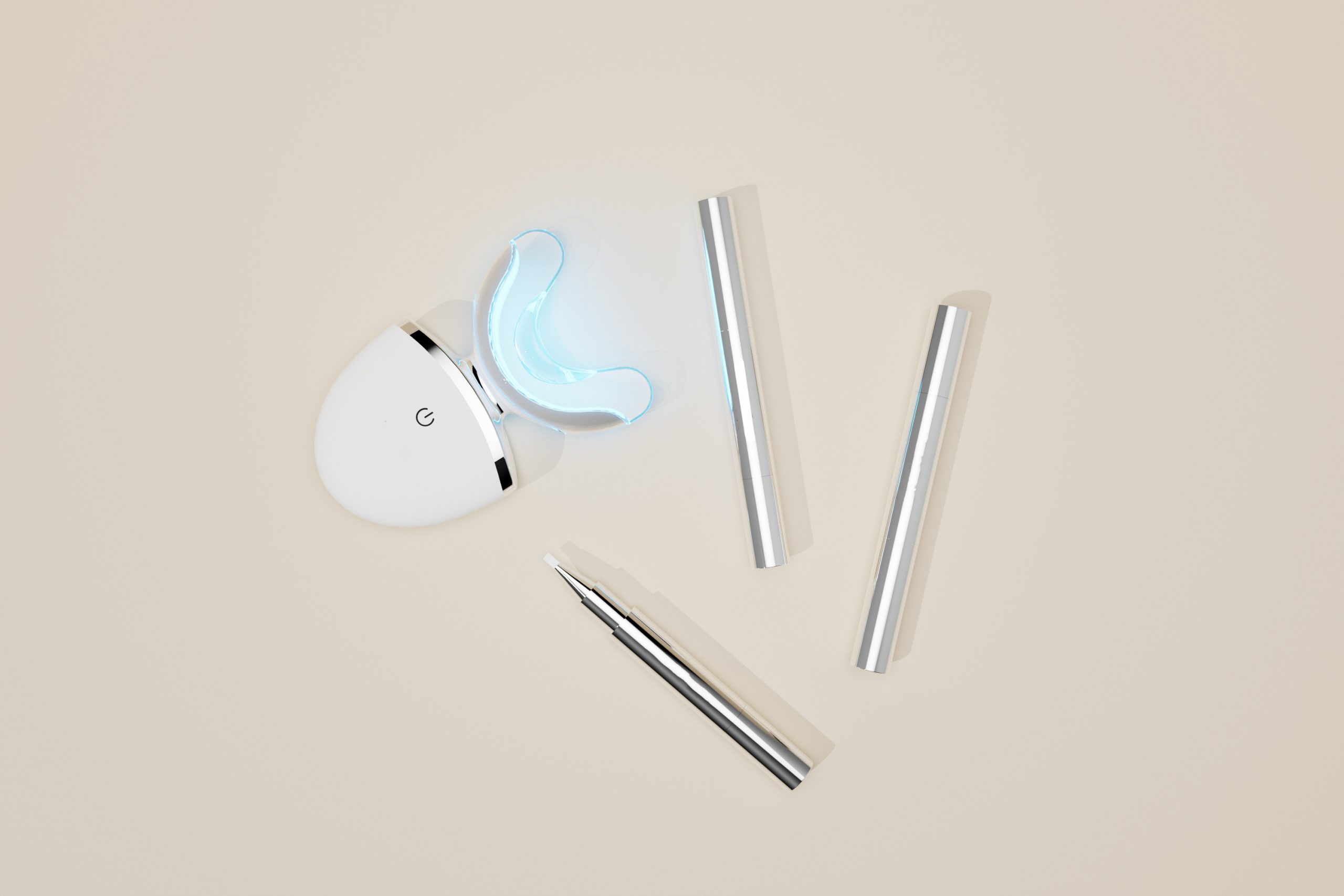
What Packaging Options Are Available for Custom Whitening Gel Products?
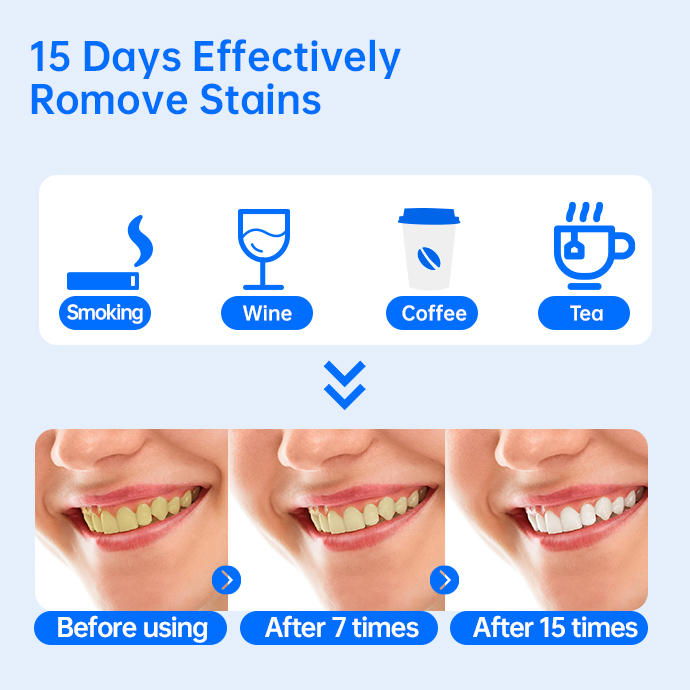
How does dental suction enhance infection control?
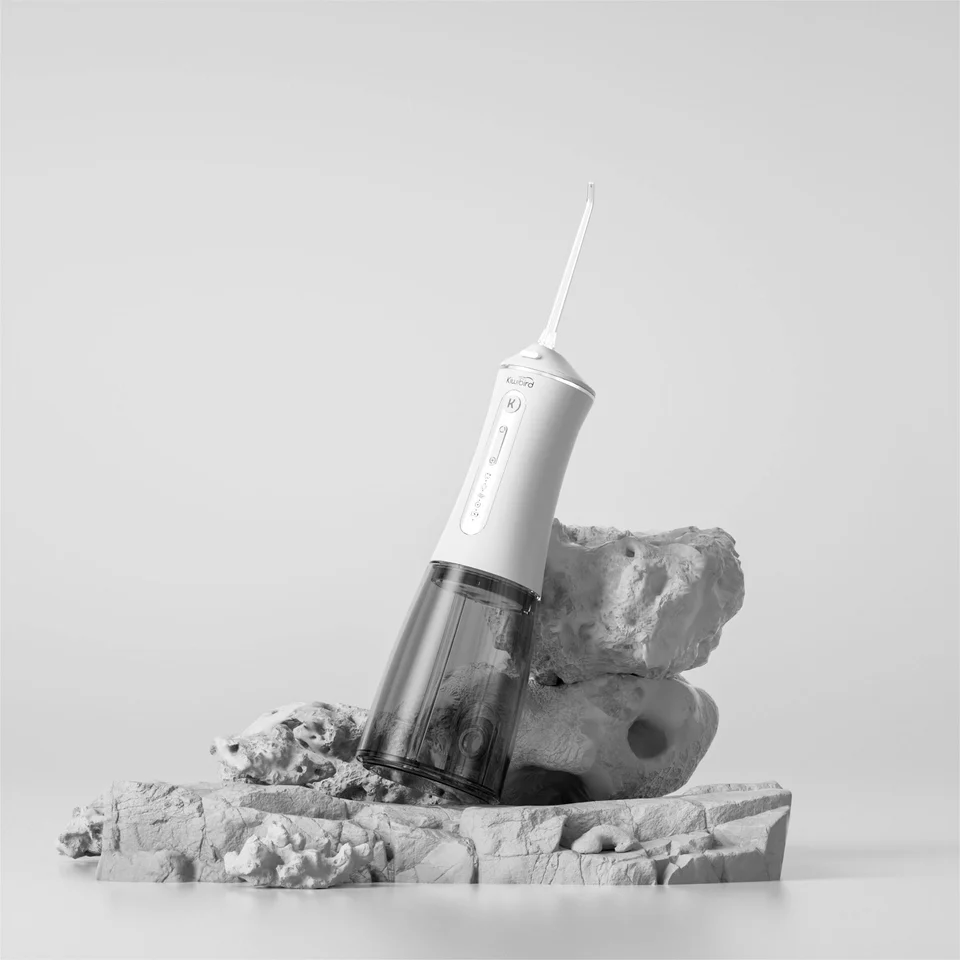
How to Solve the Problem of Water Flosser Nozzle Leakage
Rechargeable Electric Toothbrush OEM
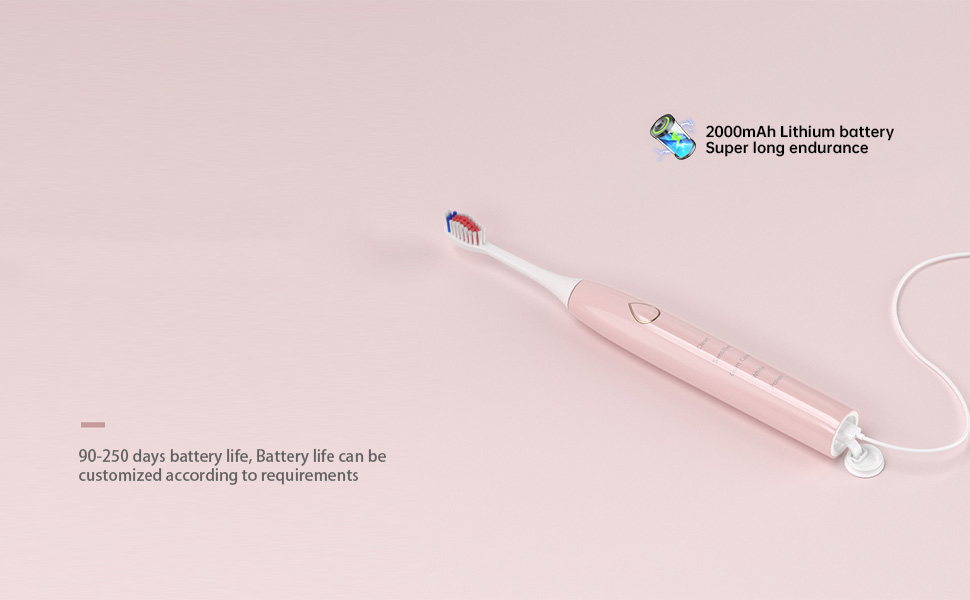
What Should I Do If My Oral Irrigator Fails to Charge?

Good habits can whiten teeth that you should know

Wireless Charging Electric Toothbrush Wholesale: Contact Technology Solutions
Could Your Toothbrush Be Damaging Gums?
.jpg)
Where to join the Seattle recycling program?

electric toothbrush heads Ultra Soft

electric toothbrush heads Deep Clean

Electric toothbrush heads Charcoal Infused-Diamond

Private Label Whitening Gel
.jpg)
Florida Electric Toothbrush – Powsmart PTR-C8

electric toothbrush heads Charcoal Infuse-Round

Customization Teeth Whitening Gel

electric toothbrush heads Regular Clean
whstapp
whstapp
National Toll-Free Service Hotline
+86 755 86238638